Recent Articles
Popular Makes
Body Types
2018 Mitsubishi Eclipse Cross Road Test and Review

2018 Mitsubishi Eclipse Cross exterior hero ・ Photo by Matt Landish
The 2018 Mitsubishi Eclipse Cross is…you guessed it…a crossover vehicle. Its name is meant to link the sporty driving characteristics of the Eclipse - a popular car from Mitsubishi’s past - to an all-new vehicle designed and engineered to cater to the hundreds of thousands of potential buyers considering a crossover instead of a traditional sedan, wagon or SUV. Can a name from the past breathe life into Mitsubishi showrooms? Read on to see what we thought.
About the Exterior Styling
crossovers have been around long enough now that most people get the general idea why they exist: to provide car-like driving dynamics and SUV-like passenger and storage space, but with a sharper look and feel. The Eclipse Cross does a good job at this by combining the aggressive lines of a sporty car with enough ground clearance and easy step-in and loading characteristics for both people and things.
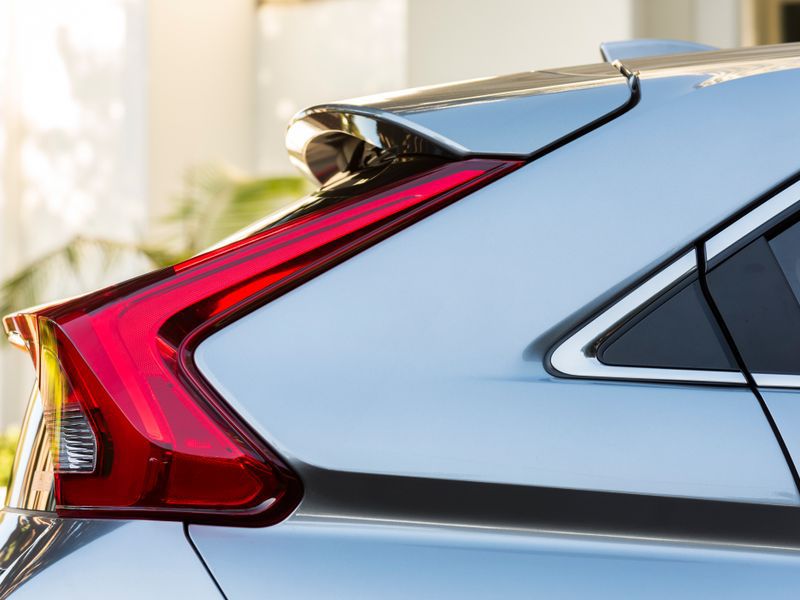
Photo by Matt Landish
About its positioning in the corporate lineup…
You may not know this, but Mitsubishi also sells two other crossovers in the US – the Outlander and Outlander Sport. The Eclipse Cross slots in-between the two Outlanders in terms of size, but when compared, it’s clearly the youngest, most athletic sibling. While all share a similar front shape – referred to by Mitsubishi as their ‘Dynamic Shield’ design - the Eclipse Cross will surely turn more heads based on its sharply raked roofline and universally more dynamic shape.
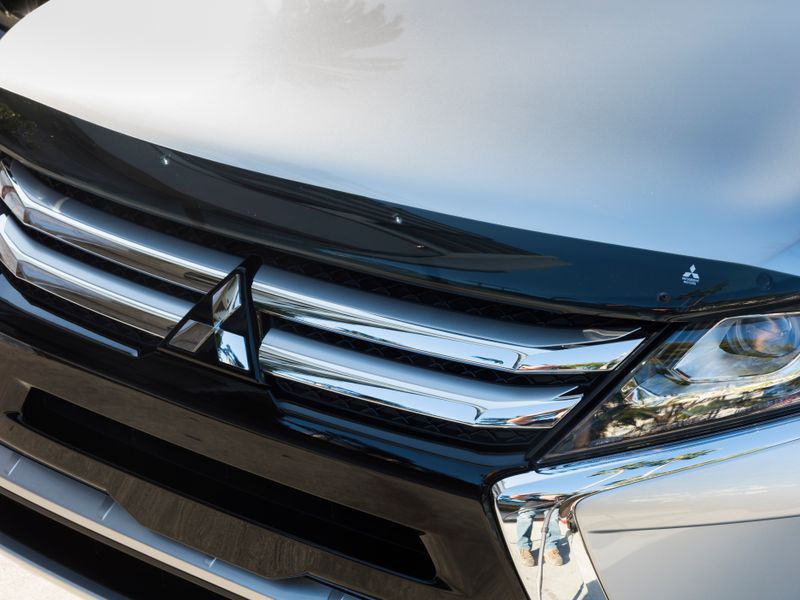
Photo by Matt Landish
There are four available trims.
The Eclipse Cross is offered in four trims, starting with the base ES, the midlevel LE and SE, and the top-spec SEL. All but the ES come with standard all-wheel-drive, which Mitsubishi dubs as AWC for all-wheel control. The base ES is front-wheel drive and meant as an alternative to those who don’t necessarily need the benefits that come when all four wheels power the vehicle. Our tester was the SEL with the Touring package.
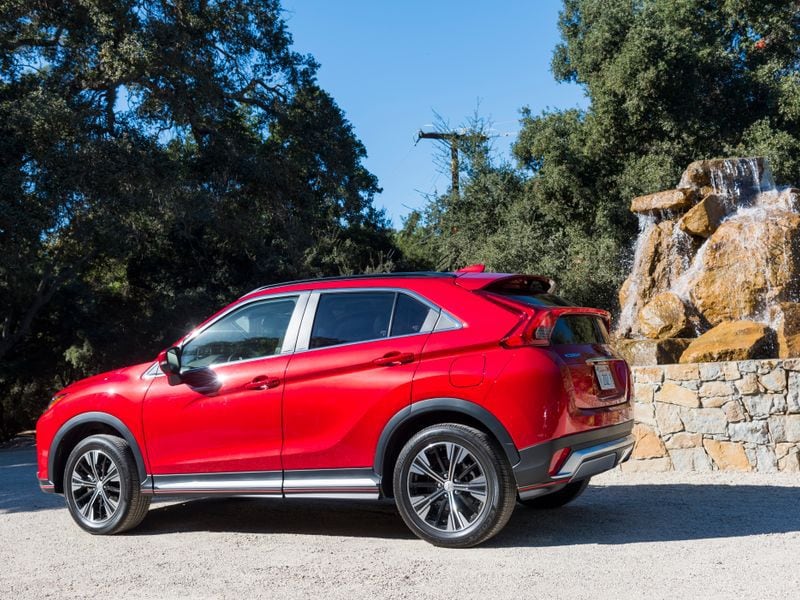
Photo by Matt Landish
Plenty of Technology Across the Model Line
While all trims come relatively well-equipped (a color display screen, backup camera and automatic climate control are standard across the board), stepping up to the LE adds a larger 7-inch screen with Apple CarPlay and Android Auto compatibility. The SE adds to that a blind-spot monitoring system with rear cross-traffic alert. At the top of the model line is the SEL which offers a head-up display and Multiview camera system, along with LED headlights. We’ll dive into the costs but figure about an $8,000 spread from base to a fully-equipped example.

Photo by Matt Landish
One engine, one transmission.
The sole engine and transmission option is a turbocharged four-cylinder paired to a continuously variable transmission (CVT) and makes good on its sporty promise, most of the time. The 1.5-liter engine churns out 154 horsepower and a meaty 184 ft-lbs of torque, which feels athletic around town, more than adequate on the highway, and only struggled in the mountains and canyons when strong acceleration was repeatedly called on due to an equally strong need for heavy braking around tight turns.
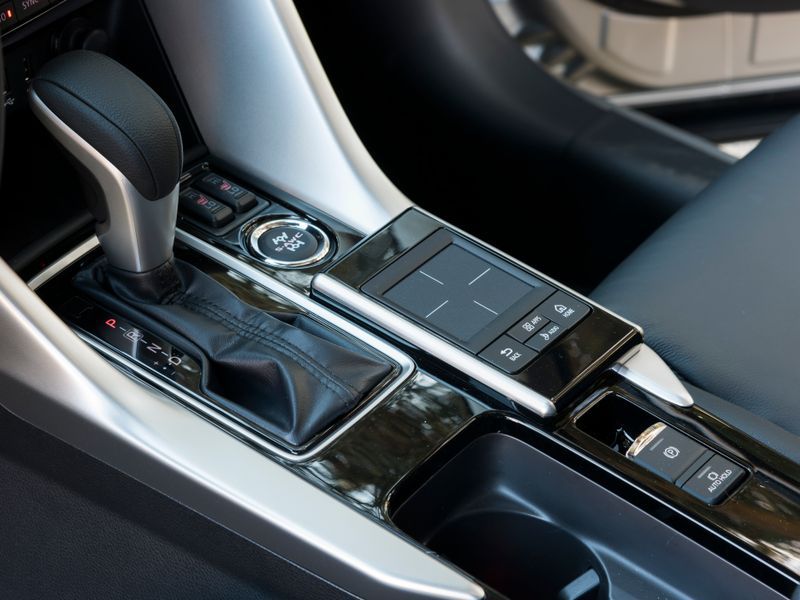
Photo by Matt Landish
City Driving
The Eclipse Cross felt both comfortable and agile around town. With plenty of power for stop and go, and the added convenience of a higher seating position with blind-spot monitoring on tap, we were aware of everything around us. While there are some visibility restrictions – particularly out back – that come with having a stylish and raked exterior design, none were bad enough to obscure visibility and are typical trade-offs for this class and shape of vehicle.
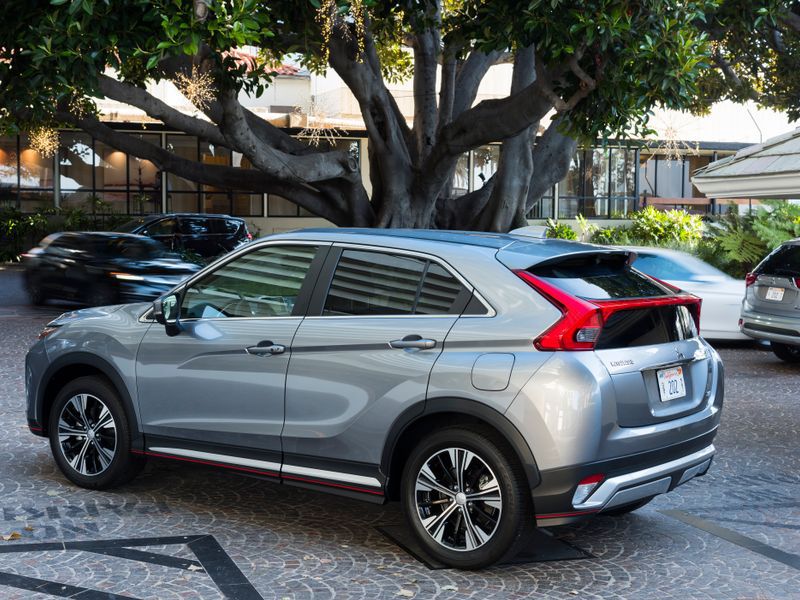
Photo by Matt Landish
Highway Driving
Similarly, highway cruises were handled without issue. There’s enough power whenever needed to pass and merge, with steering that tracks straight and doesn’t get caught up in road imperfections. The CVT, like most applications using this type of transmission, is tuned for economy. This means that the accelerator is also deadened somewhat to maximize fuel efficiency. This also means that the driver must dive deep into the pedal travel to summon the upper end of the engine’s power reserves, which can result in an initial delay followed by a surge of power (and noise) from the engine. Aside from that, the cabin remained remarkably quiet at cruising speeds, and there were no squeaks and rattles to report – an impressive feat considering our tester was a pre-production vehicle.
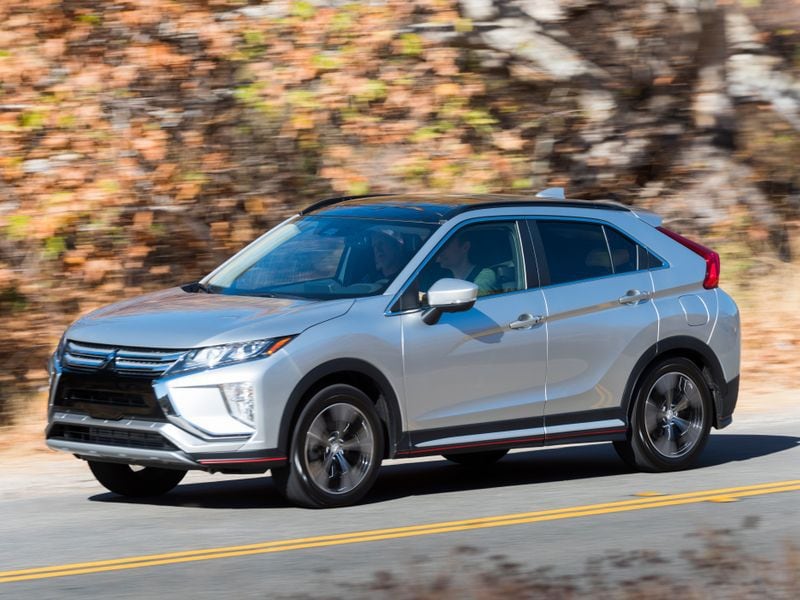
Photo by Matt Landish
Rural and Hilly Driving
Here’s where the Eclipse Cross reminds us that sporty crossovers don’t always measure up when negotiating a complex road course. Our mountainous ascent into the hills above Los Angeles resulted in a challenging few hours for our tester, which seemed initially eager to conquer the tight turns and dramatic elevation changes, but in the end, didn’t behave with the level of composure demonstrated earlier on city and highway roads. This was perhaps an unfair challenge from the start, as any small displacement engine paired to a CVT is out of its comfort zone in this type of driving scenario. On the plus side, the turn-in and all-wheel-drive kept us well within the driving lanes, which was reassuring as the roads were exceptionally narrow at times.
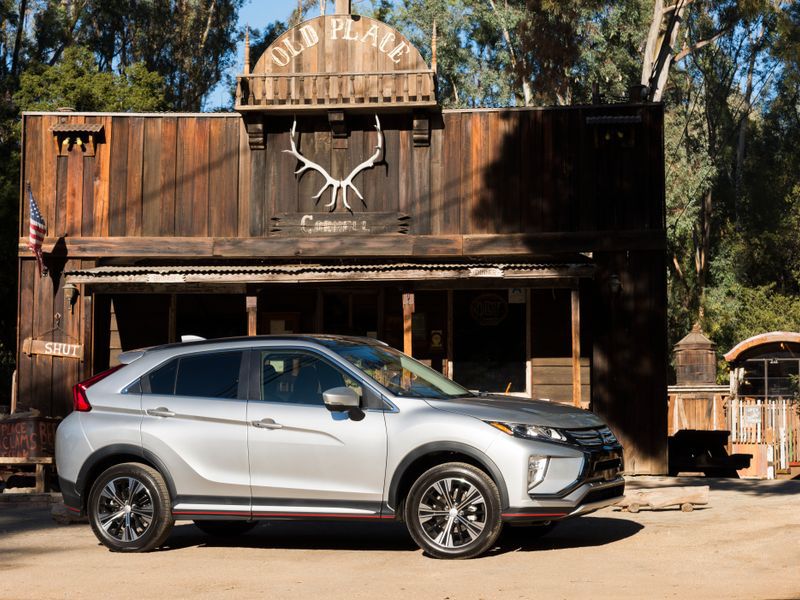
Photo by Matt Landish
Fuel Economy
While the EPA has not yet tested the Eclipse Cross, we averaged in the upper 20s during our afternoon with the vehicle, with a good portion of the drive seeing an aggressive road course and driving style most will not encounter on a daily basis. We expect the Eclipse Cross to be at or near the front of the pack when official numbers are released.
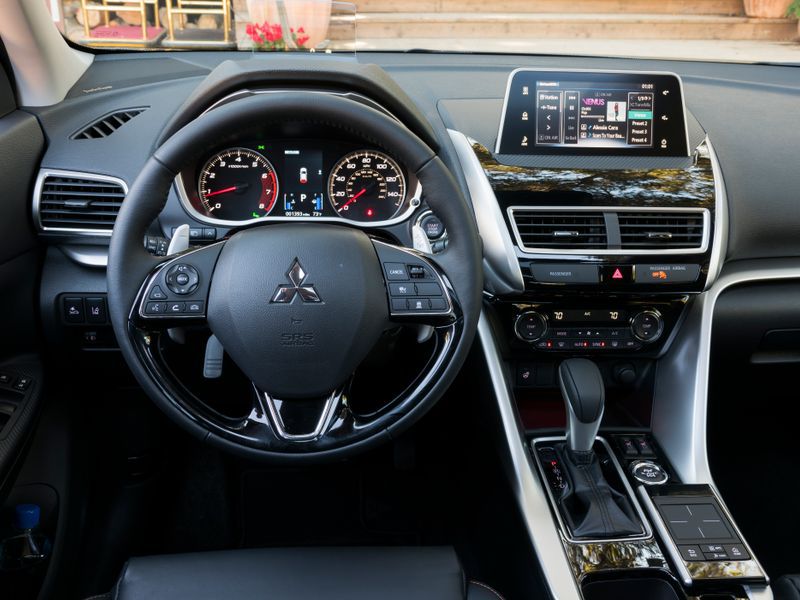
Photo by Matt Landish
Pricing and Availability
The base, front-drive ES model starts at $23,295. All-wheel-drive is a $600 option. The LE model starts at $24,895 and adds infotainment options along with larger wheels. The SE model slots in at $26,395 and the top-of-the-line SEL costs $27,895. Our tester also had the Touring package which added a large sunroof, upgraded audio system and heated steering wheel and rear seats, which brought the total price to $30,395. Destination and delivery charges add $995 to each model. The 2018 Eclipse Cross will hit dealers later this spring.
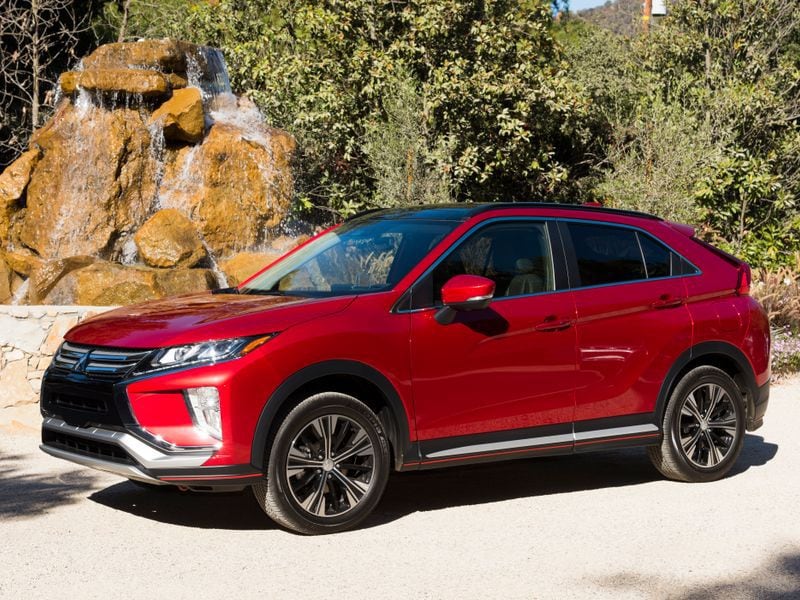
Photo by Matt Landish